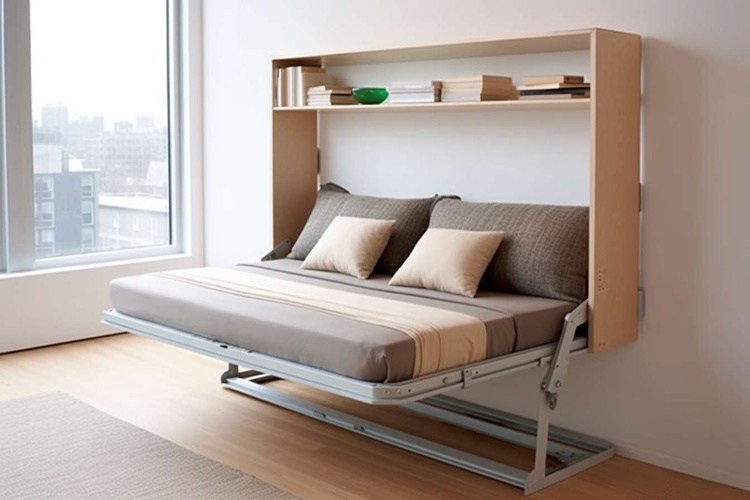Micro-Apartments: The Future of Urban Living?
In the heart of bustling metropolises, a new trend is reshaping the real estate landscape: micro-apartments. These compact living spaces, typically under 400 square feet, are gaining traction as urban populations swell and housing costs soar. With innovative design solutions and a focus on functionality, micro-apartments are challenging traditional notions of what constitutes a home. But are these tiny dwellings a sustainable solution to urban housing crises, or merely a passing fad?

The appeal of micro-apartments lies in their ability to offer an independent living space in prime locations at a fraction of the cost of traditional apartments. For young professionals, students, and those embracing a minimalist lifestyle, these compact homes provide an attractive alternative to shared housing or long commutes from the suburbs.
Innovative Design Solutions
At the heart of the micro-apartment movement is ingenious design. Architects and interior designers are pushing the boundaries of spatial efficiency, creating multi-functional spaces that maximize every square inch. Fold-down beds, convertible furniture, and hidden storage compartments are just a few of the clever solutions employed to make these tiny spaces livable.
Many micro-apartments feature high ceilings and large windows to create a sense of openness, while built-in technology like smart home systems further enhance functionality. Some developments even incorporate shared amenities like communal lounges, gyms, and rooftop gardens to compensate for the limited private space.
Economic Implications
From an investment perspective, micro-apartments present an intriguing opportunity. Developers can potentially achieve higher yields per square foot compared to traditional apartments, making them an attractive proposition in high-value urban areas. For buyers and renters, these units offer an entry point into desirable neighborhoods that might otherwise be out of reach.
However, the economic viability of micro-apartments varies significantly by location. In some cities, zoning laws and building codes pose challenges to their development, while in others, they’re seen as a key strategy to address housing shortages. The long-term value appreciation of micro-units is also a subject of debate among real estate experts.
Social and Psychological Considerations
Living in a micro-apartment requires a significant lifestyle adjustment. While some embrace the minimalist ethos and the freedom from excess possessions, others struggle with the constraints of such small spaces. Questions arise about the psychological impact of long-term residence in these compact units, particularly in the wake of lockdowns that highlighted the importance of home environments.
Sociologists and urban planners are closely watching the micro-apartment trend, examining its effects on community dynamics and social interactions. Some argue that these developments can foster a sense of community through shared spaces and activities, while critics worry about the potential for isolation and the erosion of traditional neighborhood structures.
Regulatory Challenges and Urban Planning
As micro-apartments gain popularity, cities are grappling with how to regulate and integrate them into existing urban fabrics. Minimum size requirements, occupancy limits, and safety standards are all being reevaluated in light of this new housing typology. Some municipalities have embraced micro-units as a solution to housing shortages, while others remain cautious about their long-term impact on urban development.
Urban planners are also considering the broader implications of micro-apartment developments on city infrastructure, from transportation systems to public spaces. The increased density these units bring can strain existing resources but may also lead to more efficient and sustainable urban environments if properly managed.
The Future Outlook
As urban populations continue to grow and housing affordability remains a pressing issue, micro-apartments are likely to play an increasingly significant role in the real estate market. Their success will depend on a delicate balance of factors: innovative design that truly enhances livability, supportive regulatory frameworks, and a shift in cultural attitudes towards space and ownership.
The future may see further evolution of the micro-apartment concept, with advancements in modular construction and smart home technology offering even more efficient and adaptable living solutions. As the line between private and shared spaces continues to blur, we may witness the emergence of new hybrid models that combine the privacy of micro-units with the benefits of co-living arrangements.
In conclusion, micro-apartments represent a bold reimagining of urban living, challenging our preconceptions about space, comfort, and community. While they may not be a universal solution to housing challenges, their growing presence in cities worldwide suggests that they are more than just a passing trend. As the real estate industry continues to innovate in response to changing demographics and urban pressures, micro-apartments stand as a testament to the adaptability of our living spaces and the enduring human desire for a place to call home, no matter how small.





